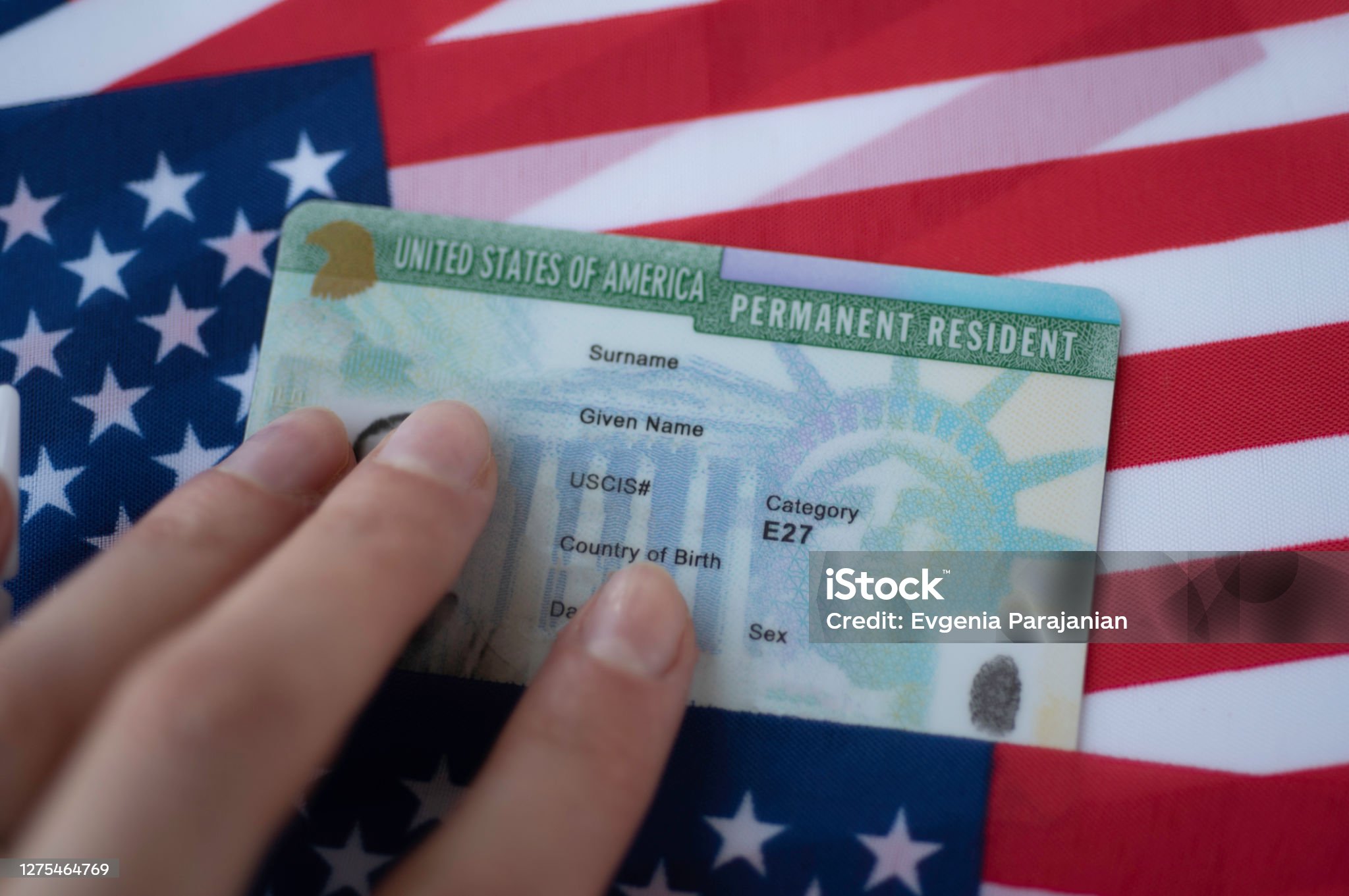
1. Introduction to Identification Documents
Identification documents have significant personal and societal impacts. Serving as "permissions" and "access tools," these documents ensure smooth societal operations. There are different kinds of identification documents, each serving a specific purpose. Take, for instance, a copyright, which authorizes one to operate a vehicle, and a copyright, which demonstrates citizenship and enables global travel. These documents are the most useful from a personal point of view and play a crucial role in the transaction of contracts, for example, to get a job, to access services, to buy insurance, or to rent a car. Often, financial institutions might require access to these forms of identification when dealing with borrowers who seem unreliable or possess weak credit backgrounds. These documents not only serve as clear proof of identity but also as authorization for a person to fund or operate within the law.

Historically, identification documents did not hold as much importance in daily affairs as they do today. The importance of these documents has grown alongside changes in security measures and legal requirements. Advances in information technology have made it possible for organizations to develop secure systems that are far ahead of the cutting-edge ID technologies available to the general public. Numerous nations are transitioning to biometric-based standards for national IDs. A few countries have already put electronic exit systems into practice.
A person's identification documents are "proof" that signifies the legal status of an individual. The "real identification" acknowledged universal documents include passports, copyright, copyright, and driver's licenses at both the international and national levels. People often securely store their critical identification documents so that they can retrieve them easily when necessary.
This discussion focuses on the importance and legitimacy of documents like the IDP, Real ID, copyright, copyright, copyright, and resident permits to raise awareness about their significance. Educational staff and the general public should know about them, and this knowledge could help prevent their loss or aid in their recovery. The content here is designed to inform both national and international readers about the most critical documents they need for personal understanding and practical use.
2. Legal Framework and Regulations Governing Identification Documents

The governance of identification documents is subject to varying laws and regulations across different jurisdictions. These documents are provided to individuals through authorized issuing entities in accordance with rules designed to maintain their integrity. These documents can be mandatory for certain situations while serving as optional verification in others. The individual must comply with the regulations for the jurisdiction where the document is intended to be used. In summary, it is important for individuals to be aware of the specific legal guidelines relevant to them in any jurisdiction where they plan to engage in transactions or utilize these documents. For the most part, government agencies at the state or local level issue, regulate, and restrict certain documents for use in certain transactions.
The varying requirements of each jurisdiction and reasons for identification documents, may clash with the necessity for international travel and business operations. Thus, it is a widespread issue when travelers struggle with unfamiliar identification regulations across countries. While it is impractical to outline all the specific regulations from each country, it is crucial to recognize that with 200 countries and billions of travelers, knowing these rules is essential for global business and travel. Failure to follow these rules could lead to legal issues in another country, requiring adherence to international and reciprocal laws. Failure to comply could cause legal implications, both civil and criminal, by infringing on laws about identity, privacy, commerce, trade, and human rights.
The balancing of public policies with protected rights is often challenging when determining security guidelines for travel identification documents. That is, human rights can be at odds with public policies that demand strict identification measures to prevent terrorism. In recent years, the introduction of digital mobile driver’s licenses has led countries to either update or create new laws and regulations that go beyond just technology, as this field continues to evolve. The next frontier for global travel is believed to be the use of digital identification for global travel. Despite the shift towards mobile driver’s licenses, there will still be a requirement for passports for a significant period of time.

Both the standardization and evolution of digital IDs and mobile driver licenses are progressing as well. For example, nearly two years after California's law on mobile copyright requirements, stakeholders are set to finalize regulations for the first official state mobile driver’s license.
3. Comparative Analysis of International Driver’s License, Real ID, copyright, copyright, copyright, and Resident Permit
The International Driver’s License acts as an identification document for those driving abroad The International Driver’s License was not created by the United Nations or any international NGO to enable inter-state travel.
The Real ID is intended to be a widely accepted identification for domestic travel, along with state-issued driver’s licenses and IDs that meet federal standards. The Real ID can also be used for entry to federal facilities and nuclear power plants. However, the Real ID is not a travel document, copyright, visa, or resident permit. Even though some individuals could use it overseas for identification or birth date verification, its main function is for domestic use.
More specifically, passports are in the United States a form of original rather than derived identification. A copyright is largely an instrument of foreign policy; it was created to safeguard citizens resident permits from arrest and assist them in traveling for diplomatic or non-obligatory negotiations. This is the official, often administrative, use. The copyright also has, of course, a bureaucratic or private use. To travel internationally, or even regionally in some cases, travelers need more than just a copyright; they must also satisfy several other criteria.
The copyright is an official document provided at birth, which is necessary to obtain passports and other types of identification. When comparing the two, copyright and passports may seem to have the same general function. However, a copyright has ongoing effects. Additionally, while a copyright is used to acquire a copyright, it does not result in a “second copyright”. A copyright is irrelevant to obtaining a second copyright unless it involves taking on an illegal nationality.
4. Security Features and Anti-Fraud Measures in Identification Documents
Several security measures are in place to prevent the counterfeiting, modification, and fraudulent usage of identification documents. Many identification documents integrate security elements like holographic images, multi-layer visuals, and laser engravings to prevent fraud. Some ID cards also incorporate RFID chips, which store digital images and biometric information to boost security.
Many security features are covert or semi-covert, like special inks or designs, watermarks, and microtext. All these features are intended to ensure that ID documents are difficult to copyright.

Typically, the security level of an identification document is proportional to the level of trust it is expected to carry. For instance, a copyright may have less stringent security measures compared to a copyright, as it is mainly used within a country.
Advances in technology have led to the development of sophisticated ID document security features. Actively promoting and adopting new security technologies is crucial to staying ahead of those attempting to copyright or commit fraud with ID documents.
Additionally, it’s vital to consistently evaluate both current and emerging security methods to ensure they remain effective. This ensures that they keep pace with the ever-changing threats and advances that could compromise the security of the document.
Furthermore, an effective anti-fraud document security program needs to employ both proactive and reactive strategies. Proactive measures might include training programs, public information efforts, security seminars, and public service announcements.
5. Conclusion and Future Trends in Identification Document Technology
This document takes a global look at some of the many variants of identification documents in the world. Identification documents should be understood not only in terms of technical aspects like security features but also through the legal frameworks supporting their use in courtrooms.
My research shows different attitudes to the way a good document might be and how the value of the verification tool is variable according to the circumstances of where the document should be used. It would also be interesting to use ethnography to show that what a good document might be according to the country of origin could be very different. Comparison studies also reveal that legitimacy standards for identification documents can vary across nations with similar socio-political and economic structures.
The future of identification documents is being shaped by cutting-edge technological advancements. Digital technology is consistently improving the security and service potential of secure documents like electronic IDs (eIDs), in line with the widespread use of mobile devices. Key developments in this technological shift are the integration of biometrics and blockchain as distributed ledger technologies.
The use of biometrics, particularly with “liveness” detection, will gather biometric information during personal verification, improving identity trustworthiness and mitigating the risk of digital identity fraud. This technology could transcend the scope of basic human rights as defined by international laws and constitutions. This access must remain as private as possible and the subject of consent.

The spread of digital identity can also lead to issues related to exclusion. Many people struggle to gain access to digital identity systems, especially in certain regions. Some already speak of an “identity gap” widened by technology, which creates disparities in access to identity verification needed for participation in various societal sectors.
Digital identity systems should be more systematically compared with physical identification documents. Besides verifying identities, these systems are used to assess risk in various transactional contexts. There should be more systematic research to see how guaranteeing the “offline” verification rights can be applicable to this new identification context.